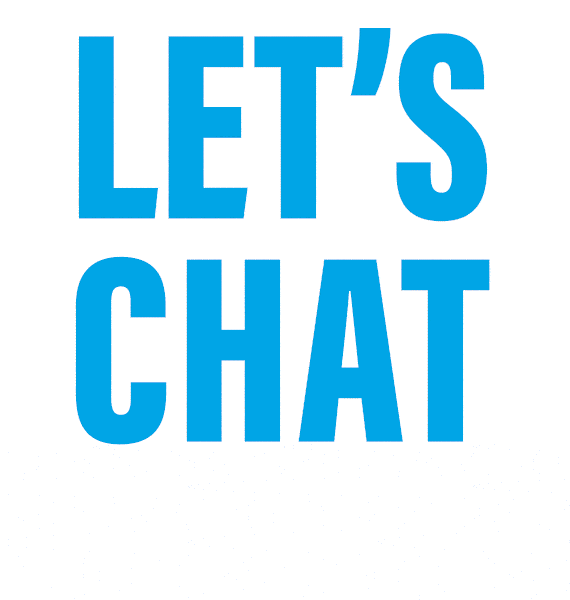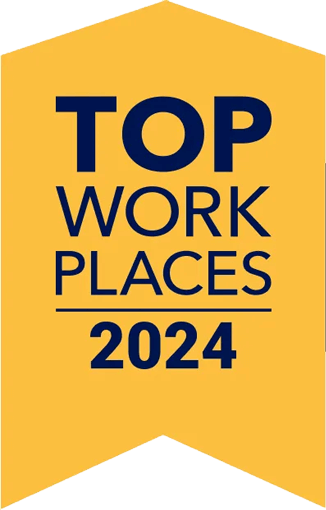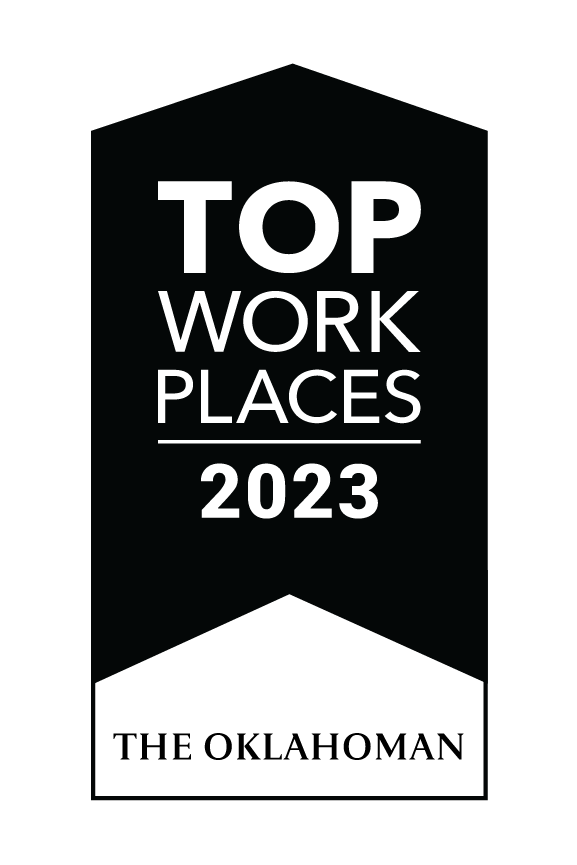March is Developmental Disabilities Awareness Month, a time to recognize the strengths, contributions and challenges of those living with developmental disabilities. As the daughter of a special ed. teacher and a woman with ADHD, this issue is near and dear to my heart. Today, I’d like to share some information about developmental disabilities and actionable tips for making your workplace more inclusive.
What Are Developmental Disabilities?
Developmental disabilities are conditions that result due to impairments in physical, learning, language or behavioral areas. They typically begin during development, impact day-to-day functioning and last throughout a person’s lifetime.
Developmental disabilities include:
- Autism spectrum disorders
- Attention-deficit/hyperactivity disorder (ADHD)
- Learning disabilities, including dyslexia, dyscalculia and dysgraphia
- Sensory processing disorders
- Tourette syndrome
- Cerebral palsy
- Down syndrome
- Impairments in hearing, vision and speech
- Other developmental delays
In addition to “developmental disabilities,” I’ll also be using “neurodiverse” and “neurodivergent,” which are terms coined in the ‘90s to combat stigma against folks with autism, ADHD and other cognitive differences.
Strengths and Challenges
Because this community is incredibly diverse, strengths and challenges also vary greatly from one individual to the next. While some folks are unable to work, many others can, often bringing unique advantages to the table — creativity, sharp attention to detail, in-depth subject matter expertise, pattern recognition and more — if offered a seat.
Far too frequently, these individuals can’t get a foot in the door due to unintentional and/or unconscious discrimination in the hiring process. For example, they may struggle to sit still, maintain eye contact or answer questions on the spot — all factors that contribute to that crucial first impression that determines who progresses to the next round. And many who do make the cut either quit once they realize the new environment doesn’t cater to their needs or, worse yet, they come under fire for performance issues that wouldn’t have been a problem with the right support.
So, what’s the solution?
6 Ways To Make Your Hiring Process More Inclusive
Many companies ask questions about disabilities and accommodations as part of the application process. While that’s a good place to start, most folks with developmental disabilities have grown accustomed to discrimination and may not jump at the chance to disclose their disabilities. Because of this, it’s best to assume that every candidate has a developmental disability.
Here are some ways to accommodate them:
- Check your biases. Biases are like armpits. We all have them, and they all stink… especially the sneakier, implicit kind. Educate yourself and your hiring team on developmental disabilities and the various ways they impact individuals — and most importantly, avoid ruling out a candidate because of these factors!
- Provide as many details about the interview as possible, including where it will take place, who will be there, how long it will last, where to park, what to expect and any other helpful information. This can reduce anxiety and ensure the interview goes smoothly for everyone.
- Share interview questions in advance. Many neurodivergent folks struggle to answer questions without having time to process the information. If you worry that this is “cheating,” reframe it as an opportunity for them to demonstrate their dedication and willingness to prepare! Aren’t those positives?
- Mindfully set up the interview room. Some individuals with developmental disabilities have heightened senses. When possible, try your best to reduce sensory stimuli by minimizing noise and bright lights, along with maintaining a comfortable temperature.
- Choose your words. This applies to your job posting and interview questions. Many neurodivergent folks interpret information literally, so avoid overusing metaphors and idioms or asking yes/no questions expecting candidates to just know that you also want them to provide examples. One unexpected benefit of accommodating these candidates is that it’ll also help you become a better communicator!
- Ask one question at a time. Many disabilities can greatly impair working memory. My ADHD brain feels “slippery” and can’t retain info that’s only spoken aloud, which makes multi-step directions and multi-layer questions very hard unless I also get them in writing. Before I was diagnosed, I remember a coworker playfully teasing me for writing down another coworker’s lunch order since it was fairly simple. I laughed at the time, but it also stung a little because I was deeply self-conscious about this trait for most of my life until my diagnosis.
For more info on neurodivergent-friendly hiring practices, check out this article.
7 Ways To Make Your Workplace More Inclusive
Several of the tips above will also apply to your workplace, but here are some additional ideas:
- Include accommodations for development disabilities in your overarching diversity, equity and inclusion (DEI) strategy. And if you don’t have one, start there!
- Offer flexible work arrangements wherever possible, such as flex schedules, remote and/or hybrid work and allowing employees to take breaks.
- Limit interruptions. Many neurodivergent folks struggle to start/stop tasks, which is why remote work is often ideal. If you’re able, set aside “do not disturb” hours every week and discourage staff from scheduling non-urgent meetings during this time.
- Educate yourself and your staff to avoid common pitfalls neurodivergent employees encounter, such as receiving harsh reviews or ratings for symptoms and characteristics they largely cannot control like missing or misinterpreting social cues, having a messy desk, fidgeting, unintentionally oversharing or dominating conversations, etc.
- Avoid ambiguity. Communicate all assignments, expectations, rules, policies and constructive feedback as clearly and concisely as possible.
- Provide time management support. Divide large tasks into smaller, bite-sized tasks. Schedule regular check-ins. And if you’re able, invest in time management tools.
- Harness these employees’ strengths. Many folks with developmental disabilities have been penalized and even bullied due to their symptoms, so they often go the extra mile in the areas where they do excel. Usually this isn’t because they are overly competitive or think they’re superior; it’s an effort to compensate for their perceived weaknesses. See if you can find ways to leverage these strengths to your advantage!
Hopefully, these tips will help you recruit, hire and retain more employees with developmental disabilities. Stay tuned for a follow-up post providing suggestions for making your content (and office) more accessible for individuals with hearing and/or visual impairments.










